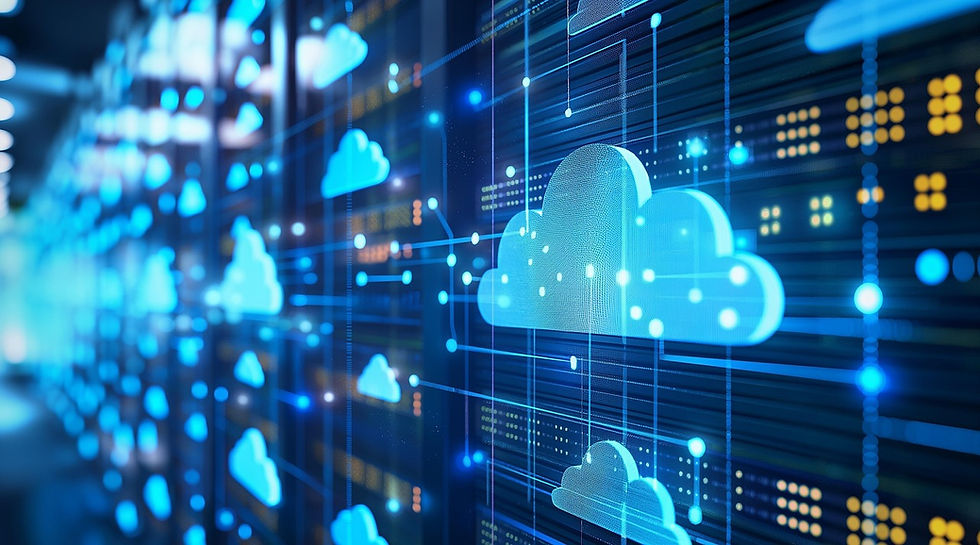ChatGPT and the Ghibli Effect: Transforming Images with AI
- blockchaindevelope8
- Apr 4, 2025
- 2 min read

The ChatGPT Ghibli trend refers to the recent phenomenon where users employ OpenAI's ChatGPT to transform images into a style reminiscent of Studio Ghibli's hand-drawn animations. This trend has gained significant traction, sparking discussions about technological innovation, artistic expression, and ethical considerations.
Origins of the Trend
The surge began with the release of ChatGPT's GPT-4o model, which introduced advanced image generation capabilities. Users quickly discovered that inputting prompts or uploading images could produce visuals echoing the enchanting aesthetics of Studio Ghibli films. A notable catalyst was when software engineer Grant Slatton shared an AI-generated image of his family in Ghibli style, igniting widespread interest.
Read more: Blockchain Certification
The Allure of Studio Ghibli's Aesthetic
Studio Ghibli, founded by Hayao Miyazaki, is renowned for its meticulously crafted animations that blend whimsical storytelling with profound emotional depth. Films like "My Neighbor Totoro" and "Spirited Away" are celebrated for their rich visuals and heartfelt narratives. The ability to emulate this style through AI has captivated fans and creators alike, leading to a proliferation of AI-generated Ghibli-style images across social media platforms.
Technological Mechanism
ChatGPT's GPT-4o model utilizes advanced machine learning algorithms trained on vast datasets, enabling it to recognize and replicate various artistic styles, including Studio Ghibli. Users can input prompts or upload images, prompting the AI to generate visuals that mirror the desired aesthetic. This process involves analyzing the input and synthesizing an output that aligns with the stylistic elements characteristic of Ghibli's animations.
Read more: AI Course
Cultural Impact
The trend has showcased AI's capabilities in art generation and sparked conversations about the intersection of technology and creativity. Many users have embraced the tool for personal expression, sharing images that blend their photographs with Ghibli's enchanting style. However, the phenomenon has also raised questions about the authenticity of AI-generated art and its implications for human artists.
Read more: Gen AI course
Ethical and Legal Considerations
The widespread use of ChatGPT to emulate Studio Ghibli's style has ignited debates regarding intellectual property rights and ethical boundaries. Hayao Miyazaki, the visionary behind Ghibli, has previously expressed disdain for AI in animation, referring to it as "an insult to life itself." This sentiment highlights concerns about the potential erosion of traditional artistry and the challenges in attributing AI-generated works.
Read more: AI Course
Industry Response
In response to the burgeoning trend, OpenAI has observed a significant uptick in ChatGPT's usage, with reports indicating record-breaking user engagement. However, this surge has also led to technical challenges, including server strains and the implementation of usage limits. OpenAI's CEO, Sam Altman, acknowledged the overwhelming popularity of the feature, emphasizing the need to balance innovation with system stability.
Read more: Agentic AI
Conclusion
The ChatGPT Ghibli trend exemplifies the fusion of artificial intelligence with artistic expression, offering users novel creative avenues. While technology democratizes art generation, it also necessitates thoughtful discussions about ethics, intellectual property, and the evolving role of human artists in an AI-augmented landscape. As AI continues influencing creative fields, finding a harmonious balance between technological advancement and respect for traditional artistry will be essential.



Comments